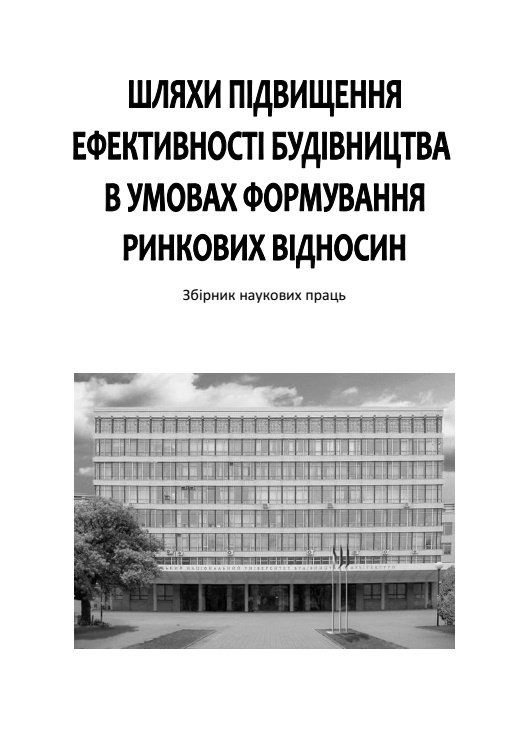Composite materials as a source of energy resources economy in building
DOI:
https://doi.org/10.32347/2707-501x.2019.39.10-14Keywords:
energy efficiency, embodied energy, composite materials, basalt fittings, ecologyAbstract
In this article the main directions of reduce energy intensity (embodied energy) in building materials are discussed. Also, the total characteristics and perspective way to use composite materials in building production are represented. The authors have been analyzed the experimental features of the composite material (construction fittings). The modern world tendencies production and consumption of composite construction fittings are presented.
References
Воронин Е.С. Мир в 2030 году: прогнозы американских экспертов («Глобальные тенденции 2030: альтернативные миры») / Аналитические доклады ИМИ, Выпуск 3(38) — М.: МГИМО-Университет, 2013.-36с.
Сердюк В. Р. Перспективи використання композитної арматури в будівництві / В. Р. Сердюк, І. В. Беньковський // Інноваційні технології в будівництві. Збірник матеріалів Міжнародної науково-технічної конференції 13-15 листопада 2018 р. – Вінниця: ВНТУ, 2018 – 456 с. – С.43-46.
Коваль П. М. Вплив малоциклових навантажень на роботу бетонних балок, армованих базальтопластиковою арматурою / П. М. Коваль, О. Я. Гримак // Мости та тунелі: теорія, дослідження, практика: зб. наук. пр. / Дніпропетр. нац. ун-т залізн. трансп. ім. акад. В. Лазаряна. – Д., 2016. - №10. -С. 35-42.
Анализ рынка Композитной Арматуры. Електронний ресурс. Режим доступу: https://megaplast.msk.ru/analiz-rynka-kompozitnoj-armatury/
Таран В. В. Особенности применения композитной арматурі при возведении строительних конструкцій и сооружений / В. В. Таран, А. В. Янков// Технологія, організація, механізація та геодезичне забезпечення будівництва Випуск 2013_6(104) –С. 35-40.
Олех В. В. Неметалева композитна склопластикова арматура як будівельний матеріал майбутнього/«Сучасні технології та методи розрахунку в будівництві», випуск 5, 2016. – С. 67-73.
Downloads
How to Cite
Issue
Section
License

This work is licensed under a Creative Commons Attribution 4.0 International License.
Authors who publish with this journal agree to the following terms:
- Authors retain copyright and grant the journal right of first publication with the work simultaneously licensed under a Creative Commons Attribution License that allows others to share the work with an acknowledgement of the work's authorship and initial publication in this journal.
- Authors are able to enter into separate, additional contractual arrangements for the non-exclusive distribution of the journal's published version of the work (e.g., post it to an institutional repository or publish it in a book), with an acknowledgement of its initial publication in this journal.
- Authors are permitted and encouraged to post their work online (e.g., in institutional repositories or on their website) prior to and during the submission process, as it can lead to productive exchanges, as well as earlier and greater citation of published work (See The Effect of Open Access).

